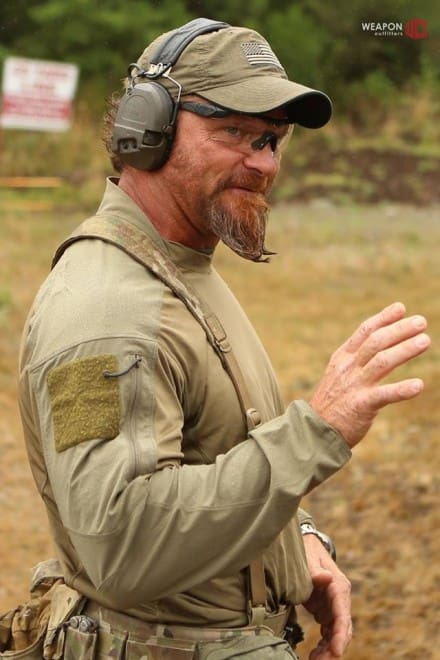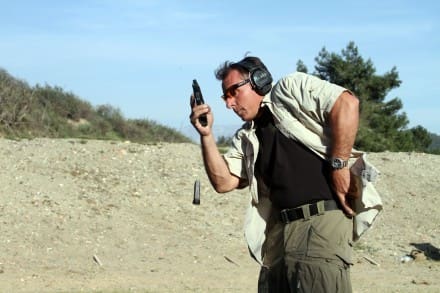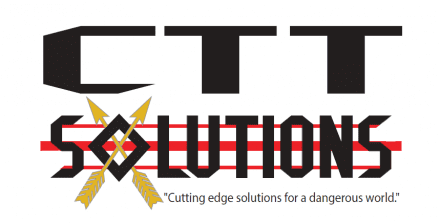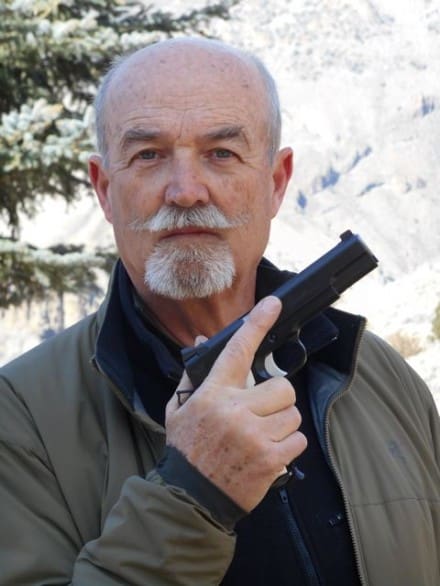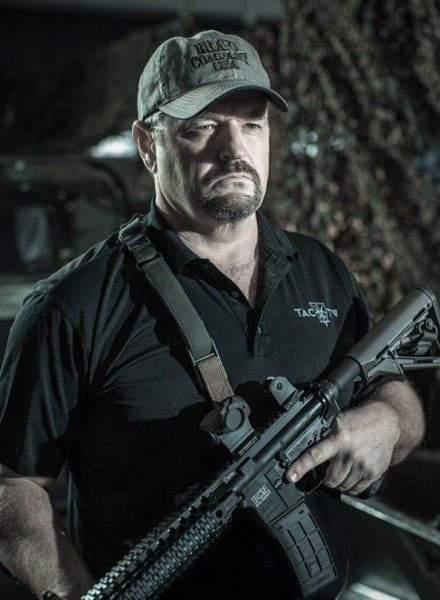As our personal security becomes compromised by cowards looking for gun free zones and other easy prey, why wouldn’t you want to exercise your 2nd amendment right and carry a weapon? I only ask that you be accountable with your marksmanship and know your own capability to not become part of the problem in an active shooter scenario. I know good people want to help during chaos, but you’re not helping if you can’t hit what you’re shooting at. I get it, because it takes the 1st responders several minutes to respond to a situation and if I had family in that situation, I wouldn’t wait either. If you don’t know the difference between cover and concealment, you might be behind on tactics to proceed without guidance.
The 1st responders and other fools like myself that run to a gun fight have most likely had some training. Situational awareness and tactics were not taught during your conceal carry class and just shooting paper targets in the backyard won’t prepare you for the stress involved during a gun fight. Not only can you hit the target but can you hit the “X” ring consistently and under stress? Nothing prepares you like the real thing and even though your combat veteran may be cool during chaos…can he burn the “X” ring out?
If you’re that person carrying a weapon without any training and find yourself in an active shooter situation, you should find a defendable location and let the assaulter come to you and then let him have it. I call it the “Joe Biden method”.
I know teachers are carrying weapons in some of the schools around Texas, which is great. However, the right teacher should be carrying that has taken marksmanship courses and/or possess some tactical skills.
Would you want an average shooter with minimal training slinging lead around your Precious Cargo (children)?
Respectfully,
Daryl Holland
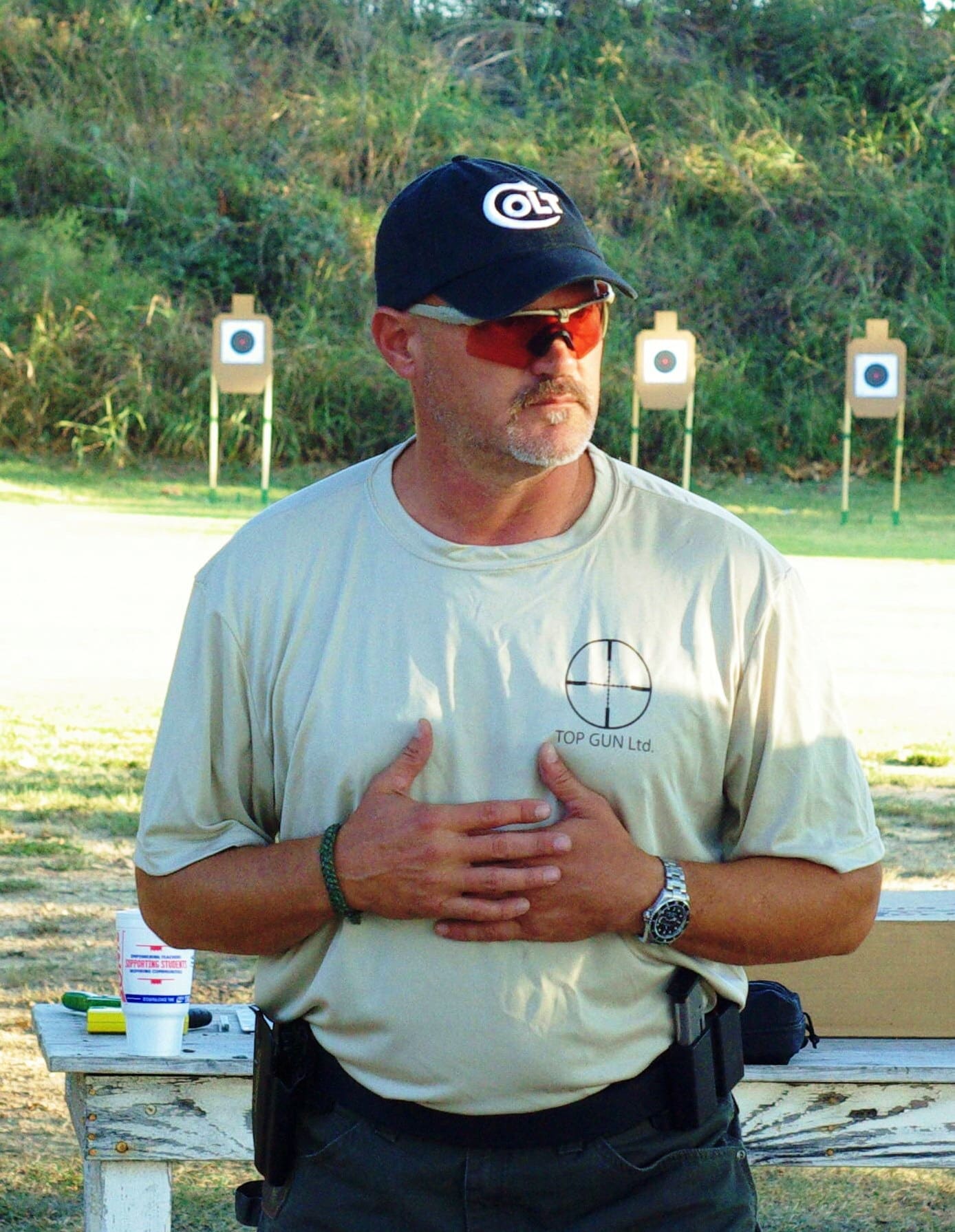
Daryl Holland is a retired U.S. Army Sergeant Major with over 20 years of active duty experience, 17 of those years in Special Operations. Five years with the 1st Special Forces Group (SFG) and 12 years in the 1st SFOD-Delta serving as an Assaulter, Sniper, Team Leader, and OTC Instructor.
He has conducted several hundred combat missions in Afghanistan, Iraq, Bosnia, Philippines, and the Mexican Border. He has conducted combat missions in Afghanistan’s Hindu Kush Mountains as a Sniper and experienced Mountaineer to the streets of Baghdad as an Assault Team Leader.
He has a strong instructor background started as an OTC instructor and since retiring training law abiding civilians, Law Enforcement, U.S. Military, and foreign U.S. allied Special Operations personnel from around the world.
Gunfighter Moment is a weekly feature brought to you by Alias Training & Security Services. Each week Alias brings us a different Trainer and in turn, they offer some words of wisdom.


